Clear aligners are powerful, but in some cases, additional tools (“auxiliaries”) are needed to guide teeth more predictably. At bitesoft, these auxiliaries are included when clinically necessary, and our orthodontic team provides clear instructions for your chairside placement.
Attachments
What they are: Small, tooth-colored composite shapes bonded to teeth.
Purpose: Give aligners extra grip to move teeth more effectively, especially for rotations, extrusions, or root control.
Use in bitesoft cases: Attachments are common in treatments. If they’re required, we’ll provide a template, guide and clear instructions.
Bite Ramps
What they are: Small extensions built into the aligners that guide the bite.
Purpose: To open the bite and reduce a deep overbite by allowing the back teeth to erupt into position.
Use in bitesoft cases: Bite ramps will be included in overbite cases that fall within our case acceptance range.
Pontics
What they are: Tooth-colored “placeholders” designed into aligners where a tooth is missing.
Purpose: Maintain aesthetics during treatment and prevent visible gaps in the smile.
Use in bitesoft cases: Pontics are occasionally used when patients have missing teeth, keeping treatment discreet and cosmetic.
Elastics
What they are: Small rubber bands attached between aligners to adjust the bite.
Purpose: Typically used for complex Class II or Class III corrections.
Use in bitesoft cases: Elastics are rarely required. If bite correction is needed, our orthodontic team will prescribe elastics with instructions but more complex cases are screened out at the pre-eConsult stage and referred appropriately.
Key Point
Auxiliaries are not always routine but we do favour them for best practice. Our orthodontic team designs the treatment plan, and you’ll receive all placement instructions along with the patient’s case package.
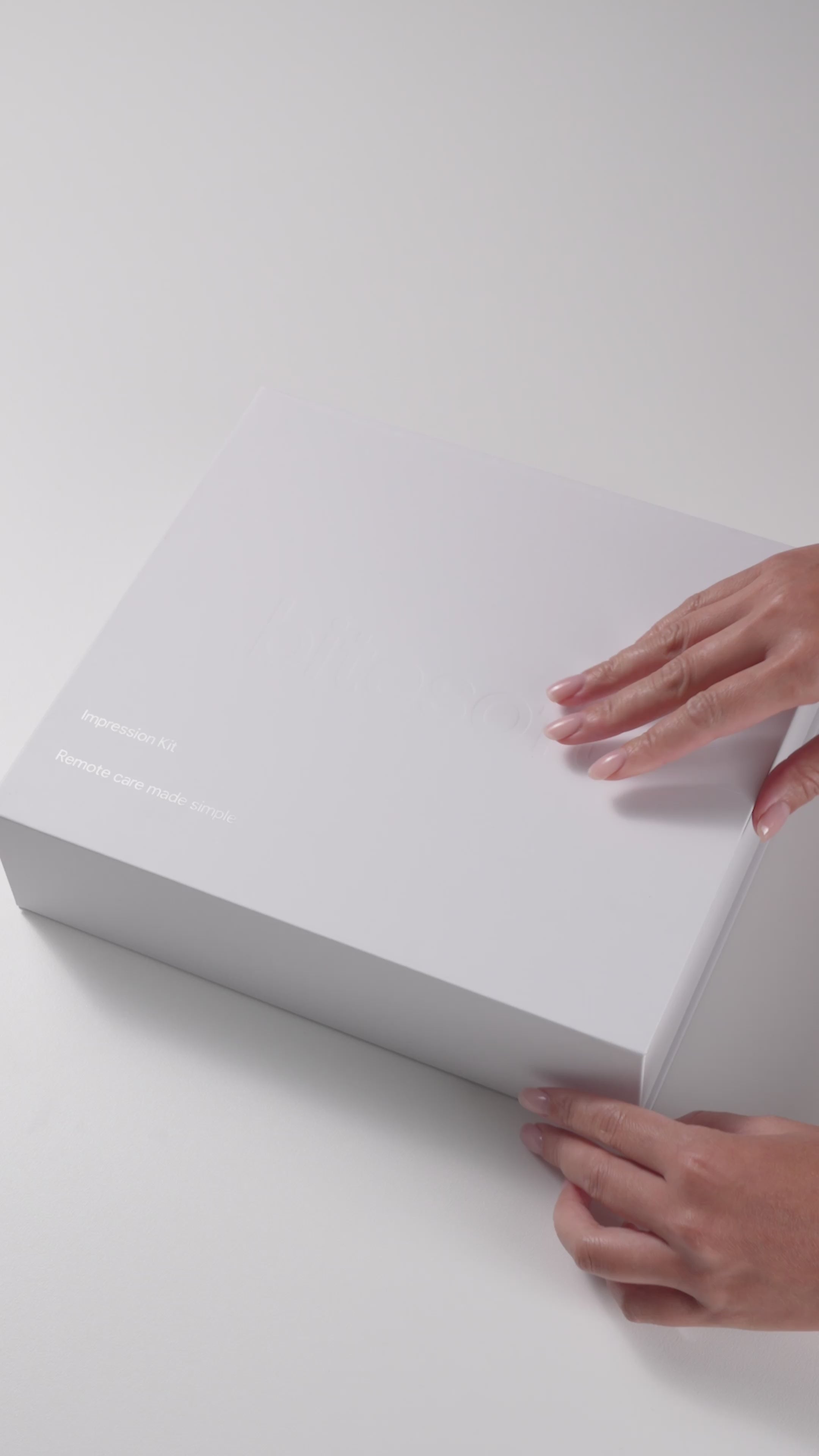
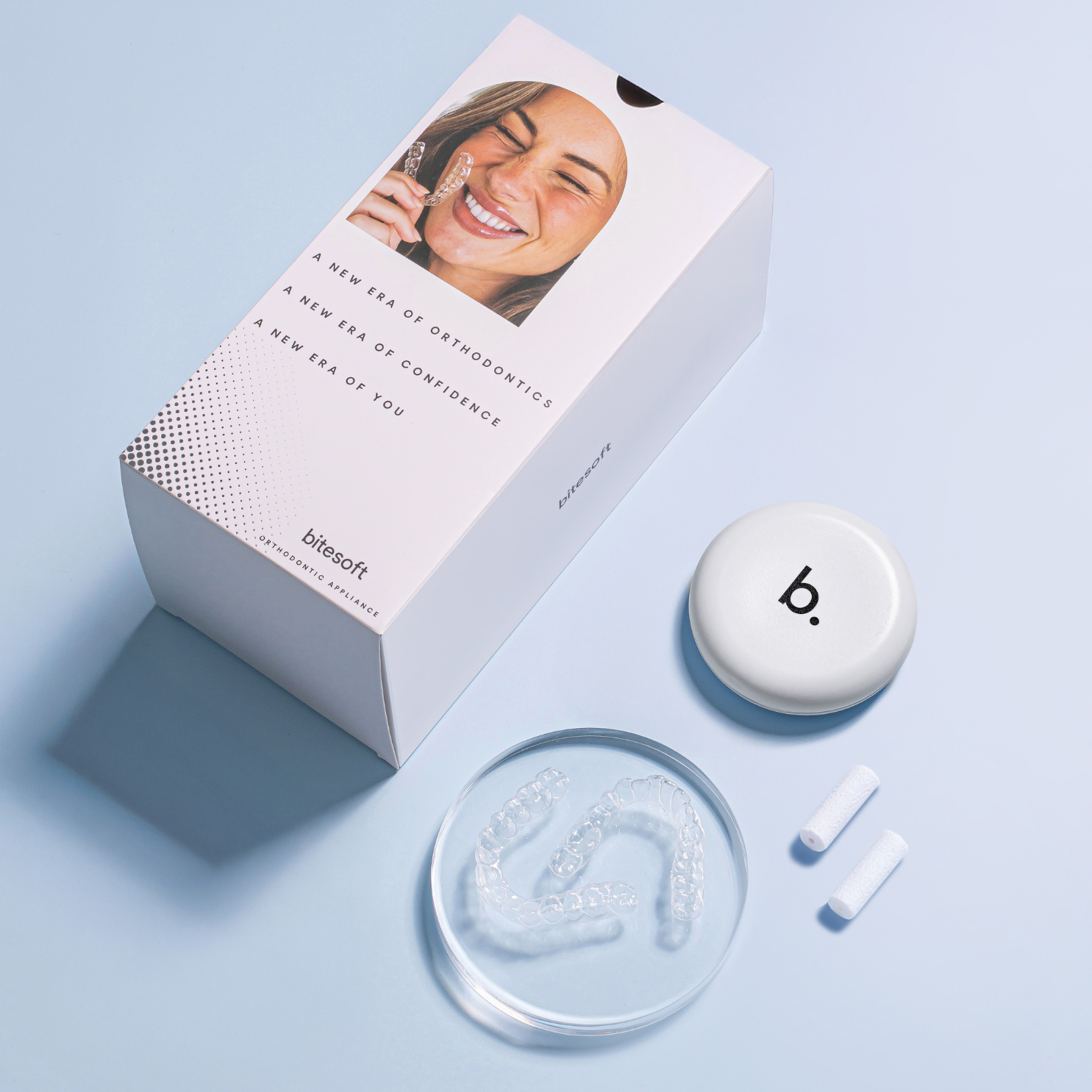

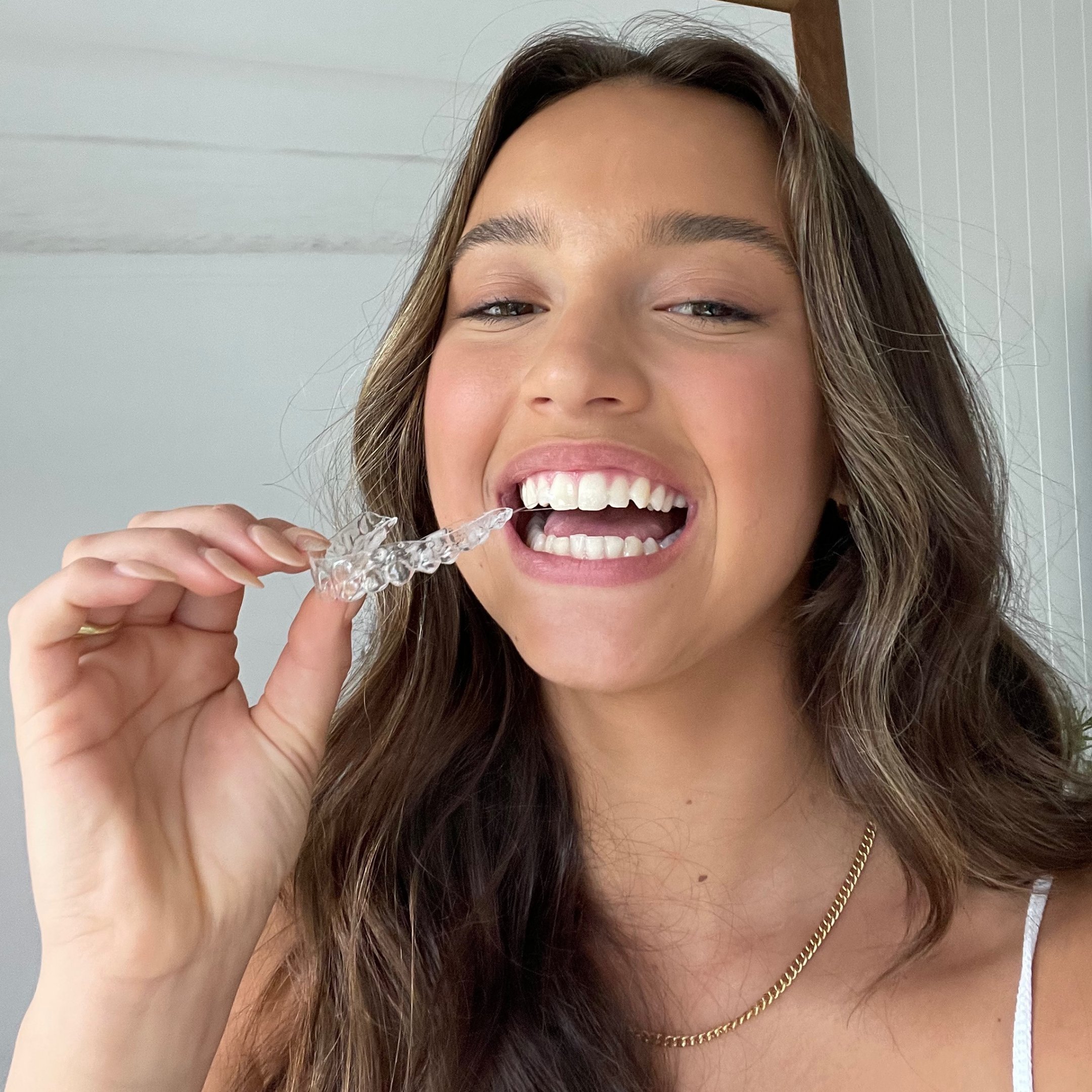
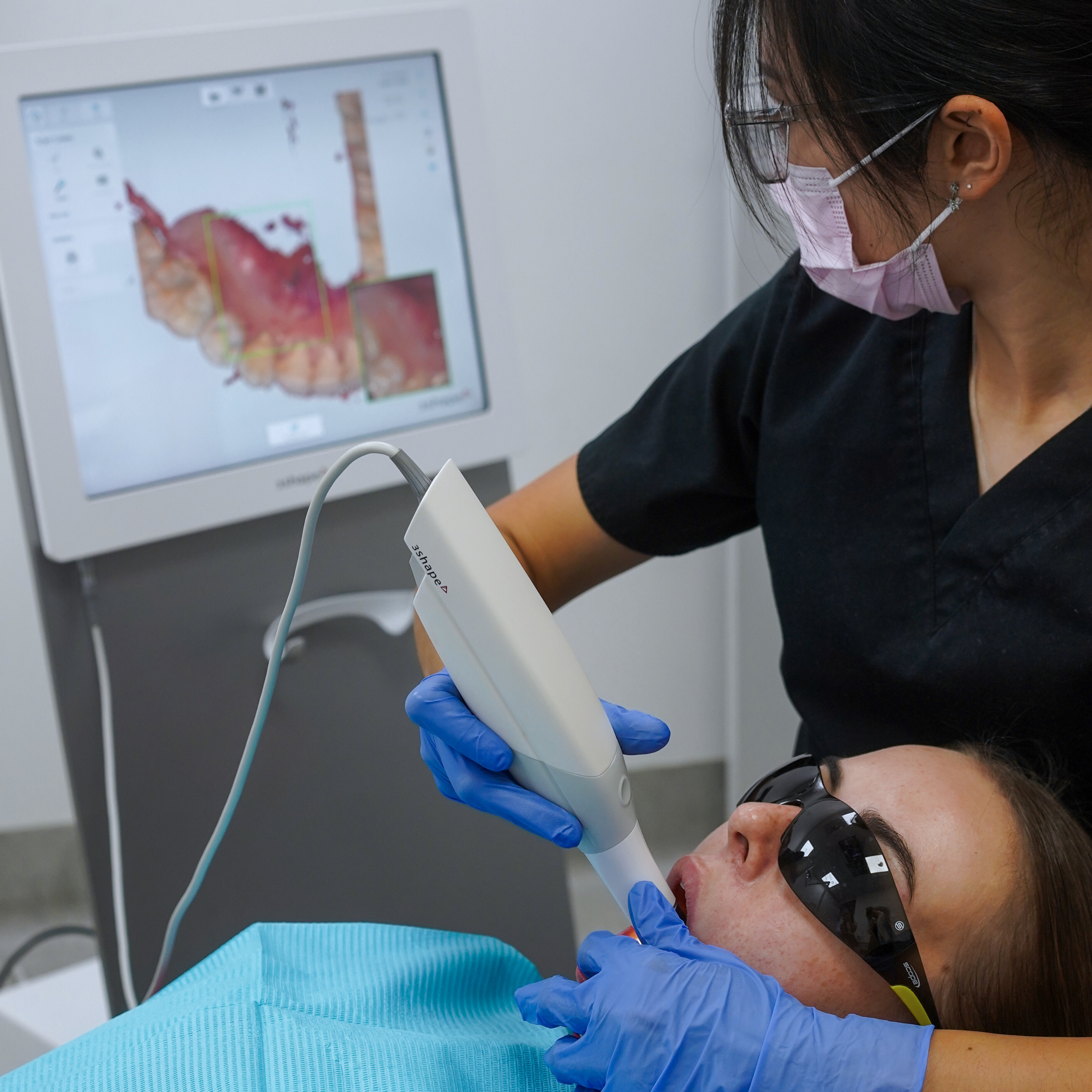
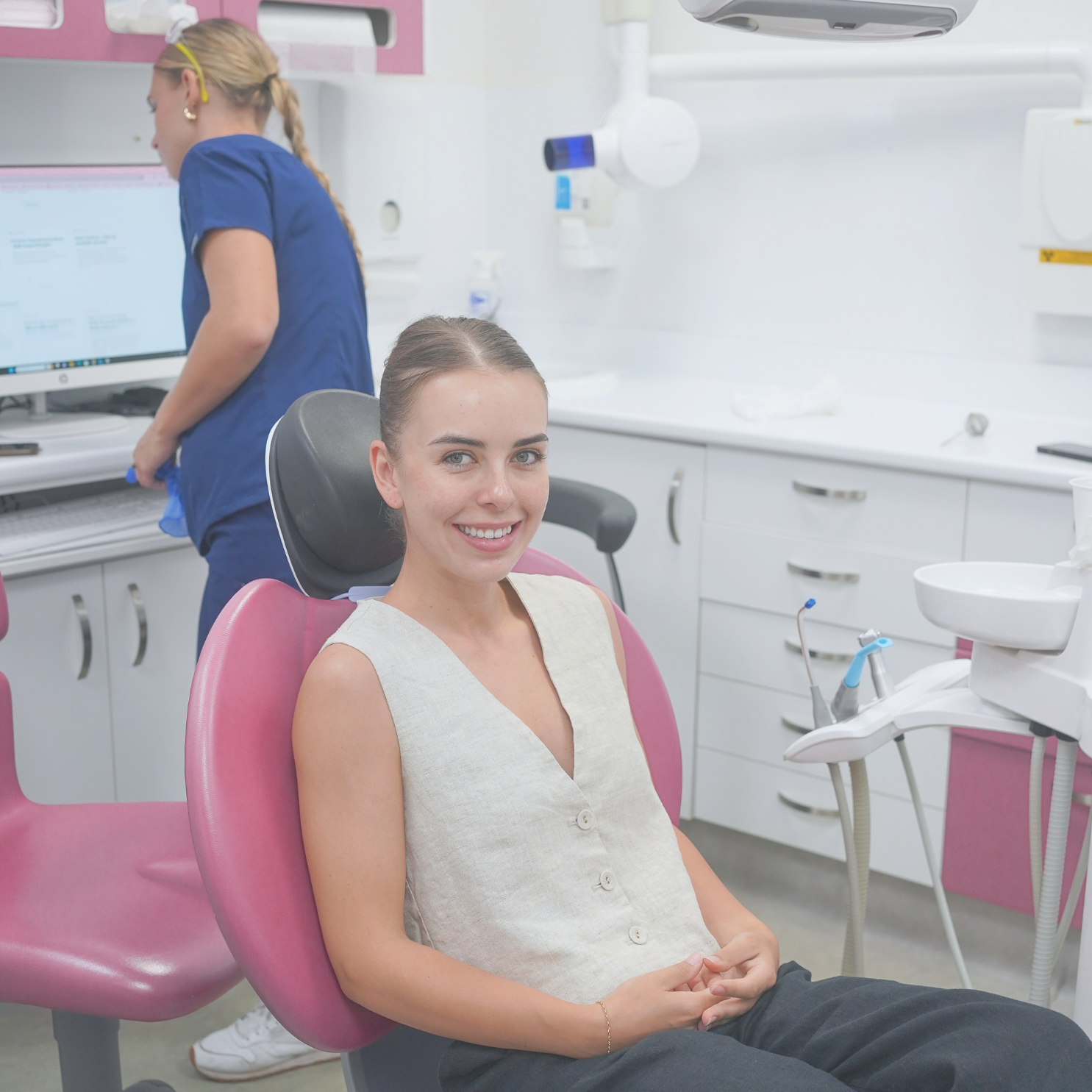
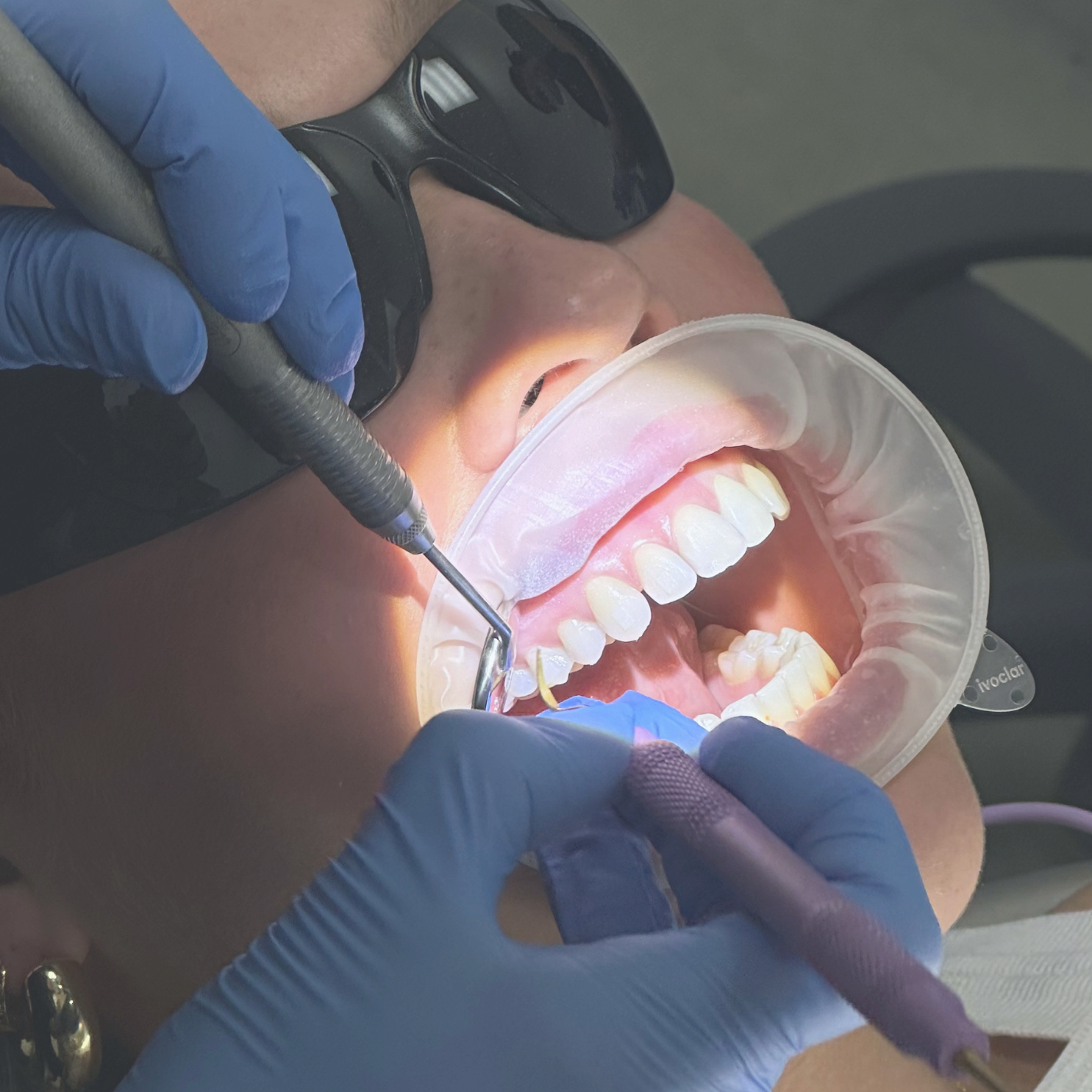
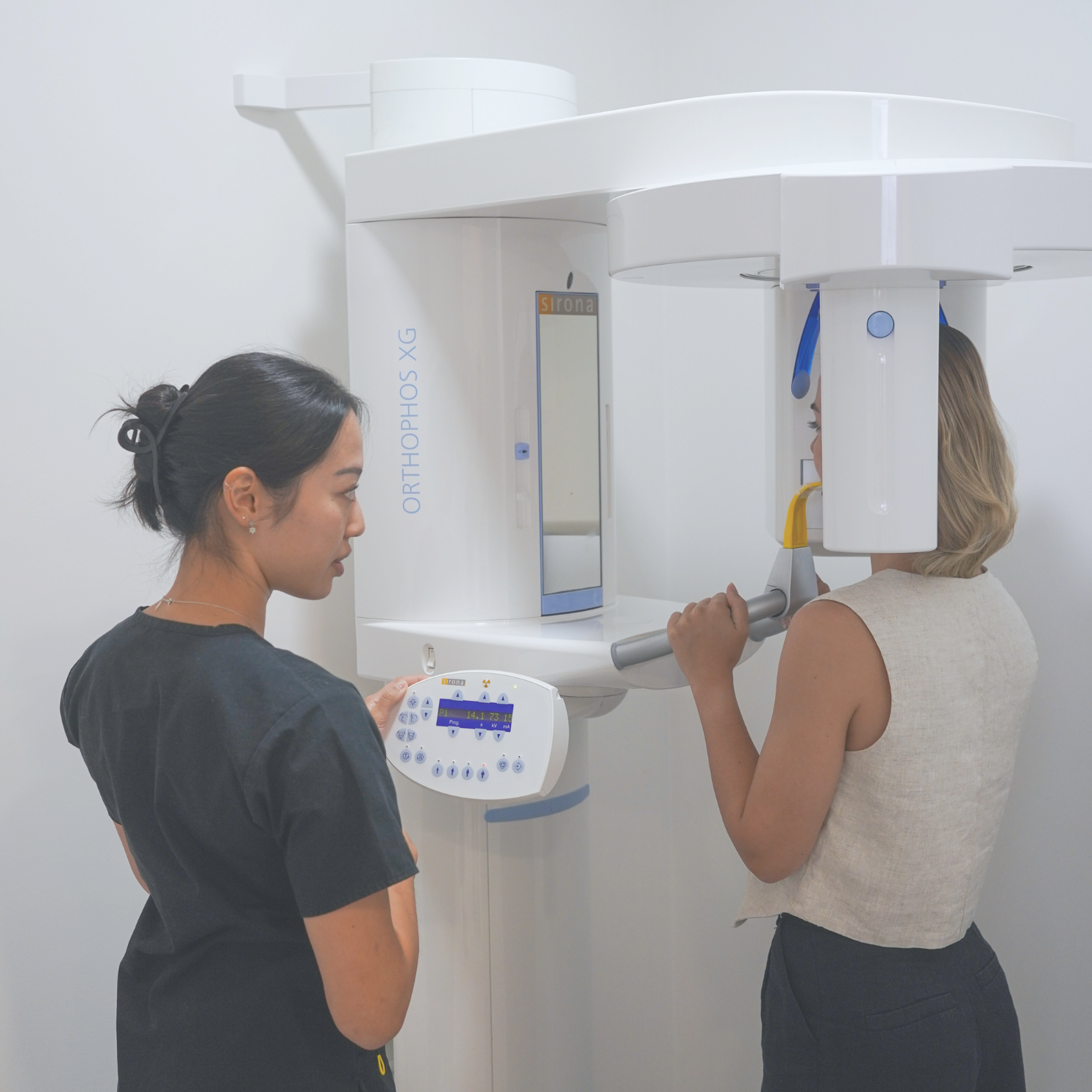
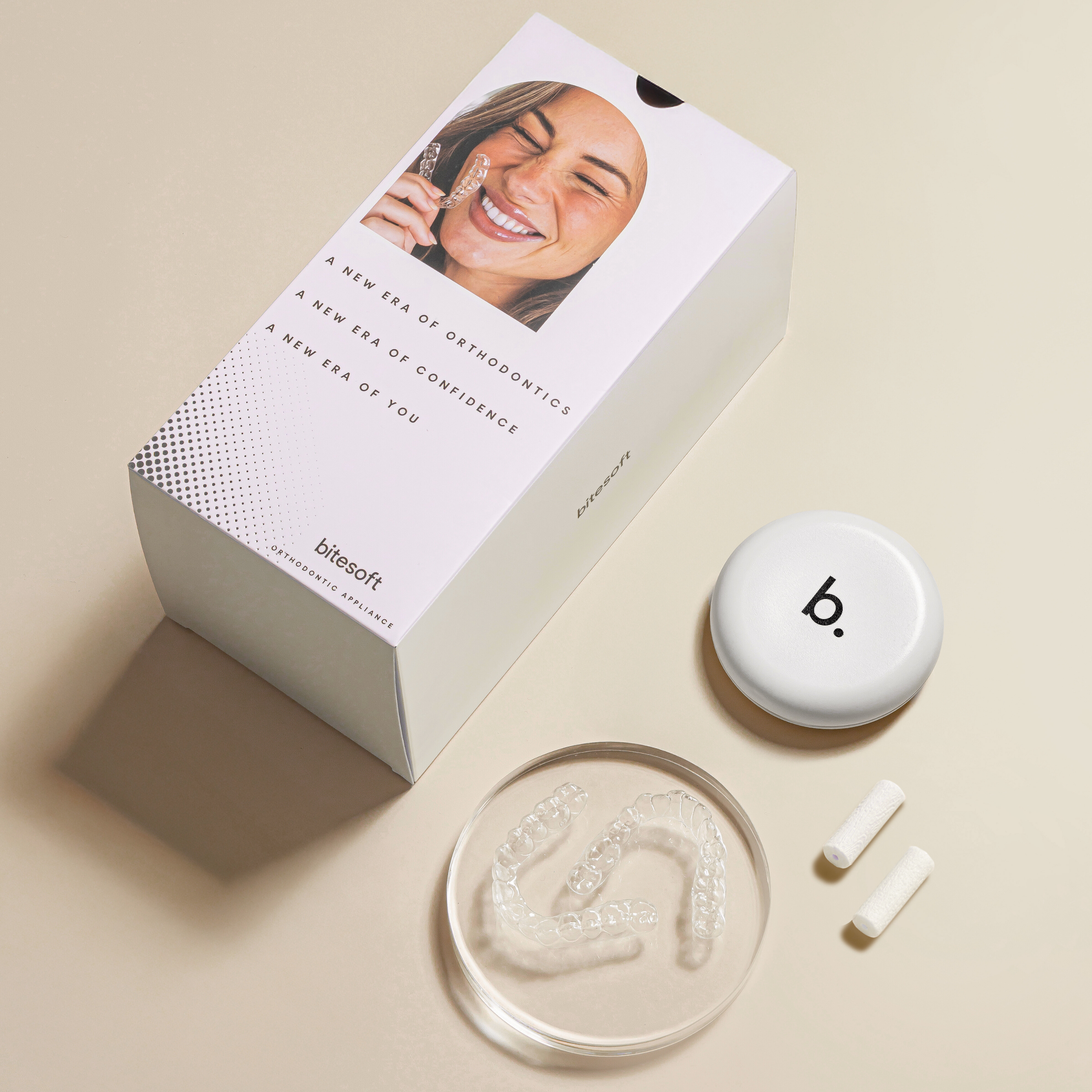
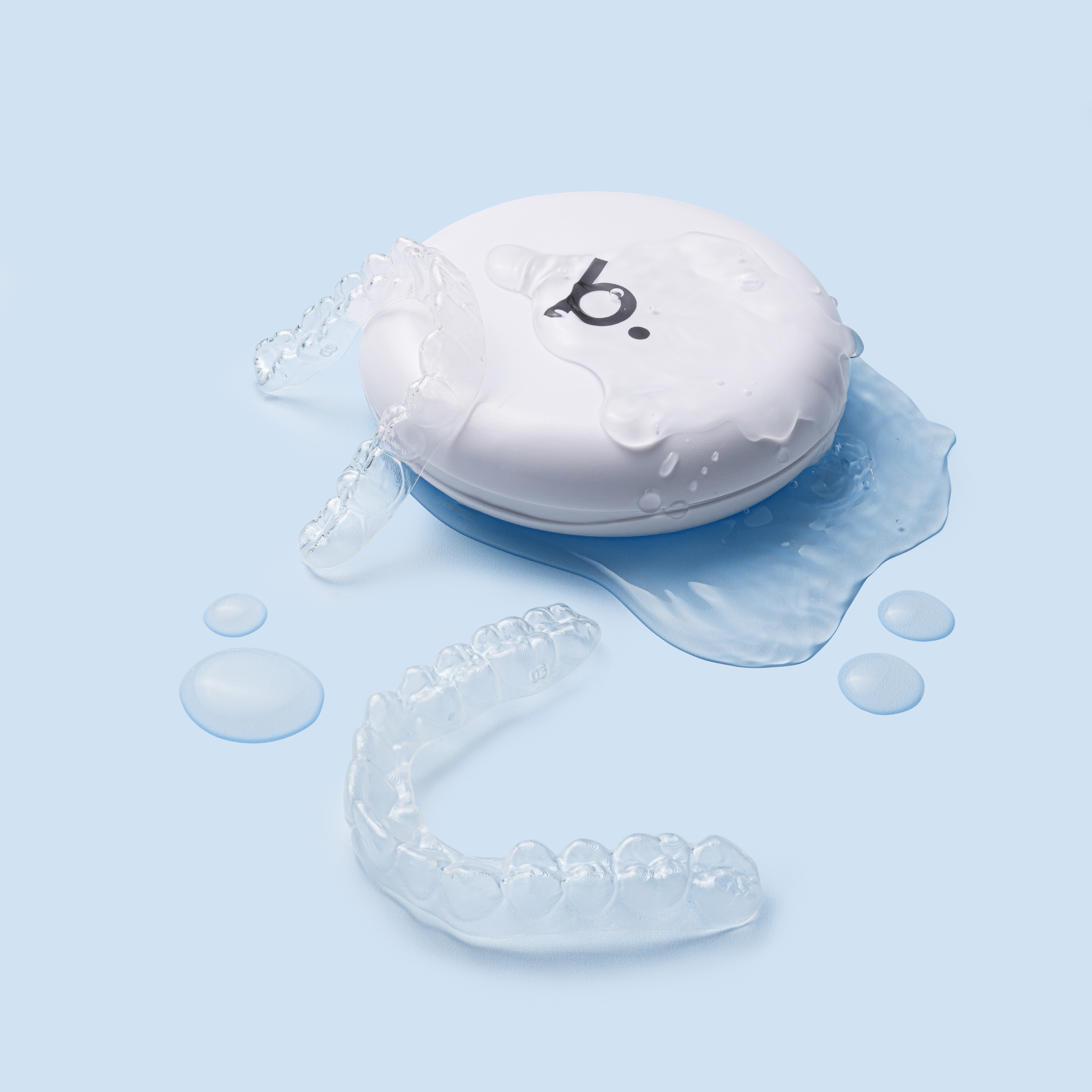
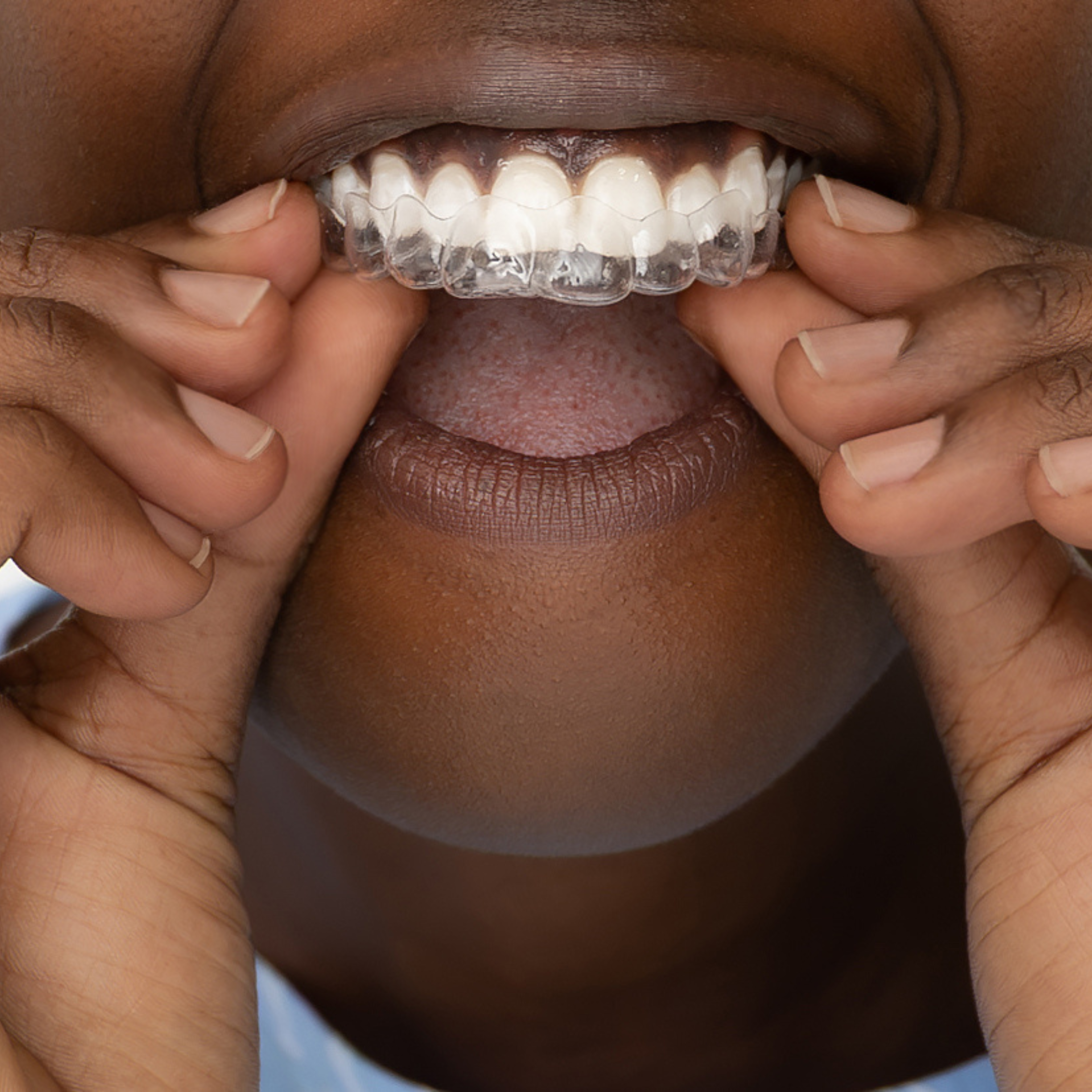

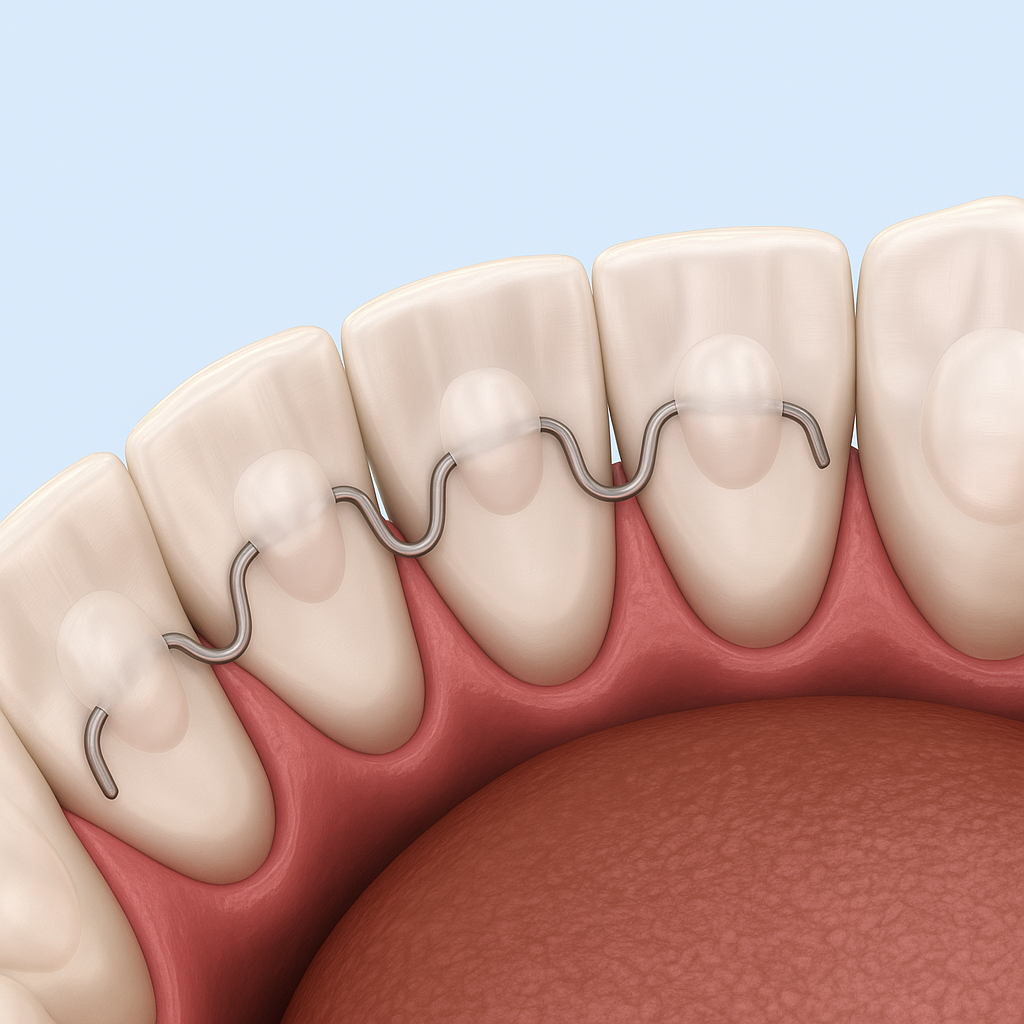
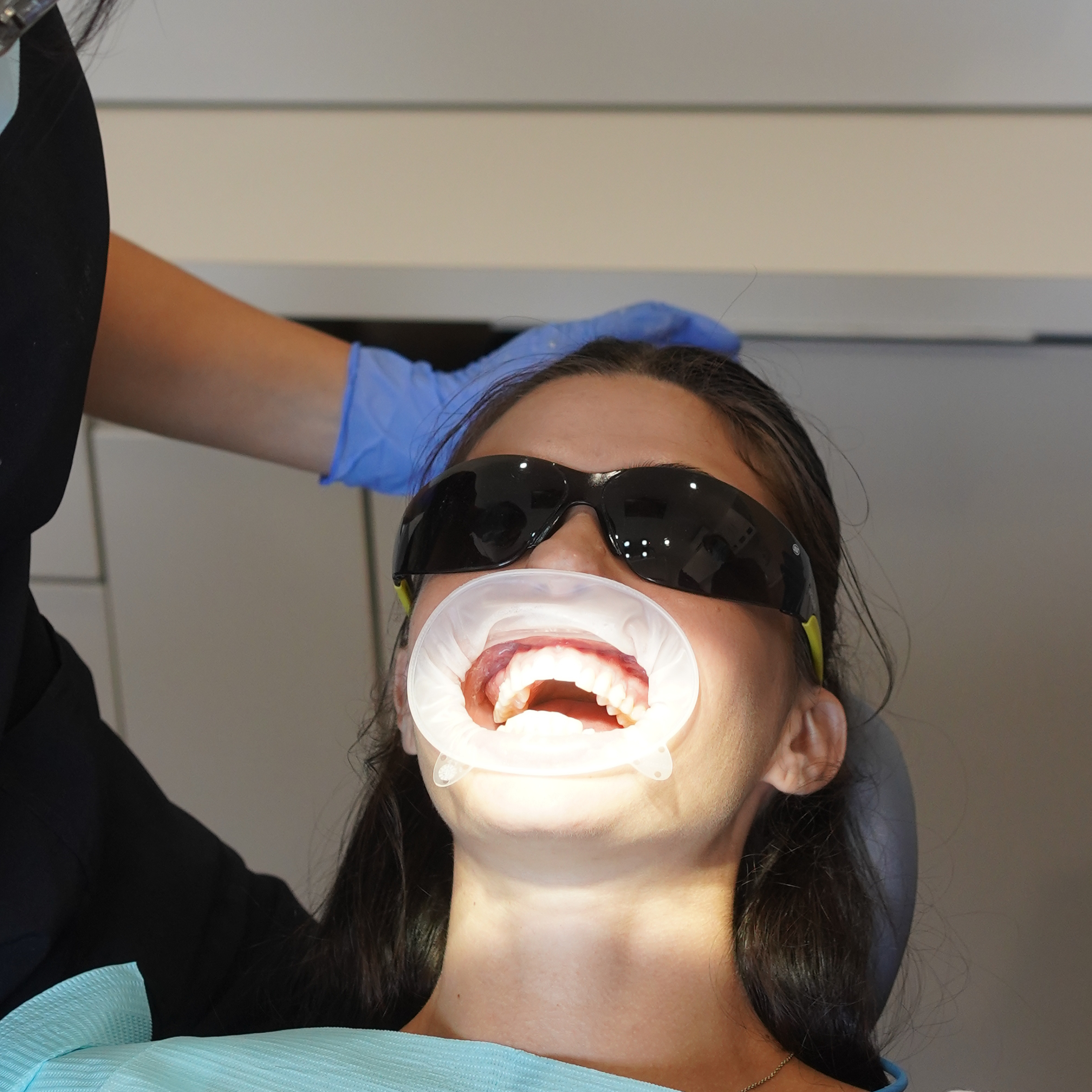

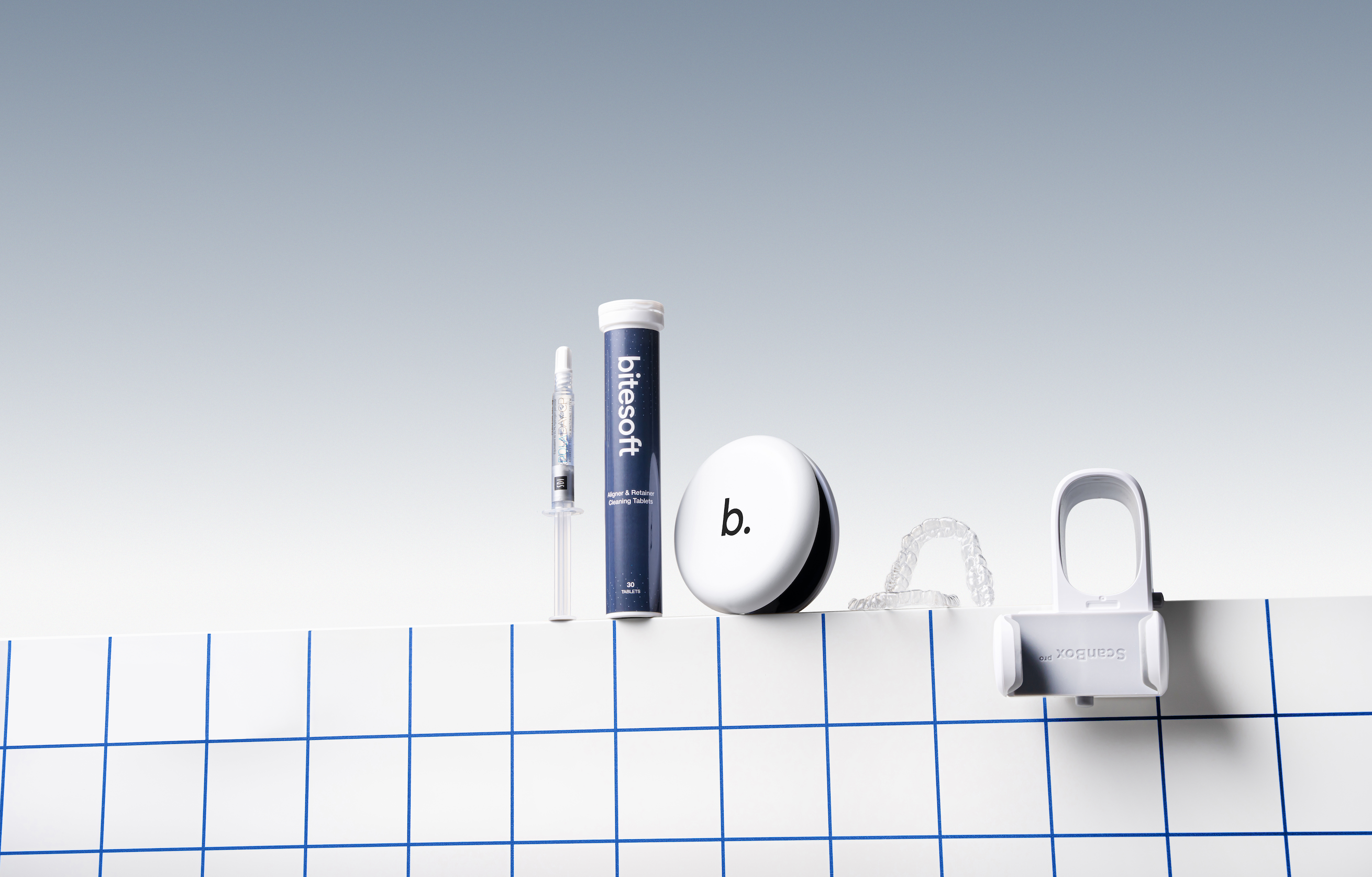
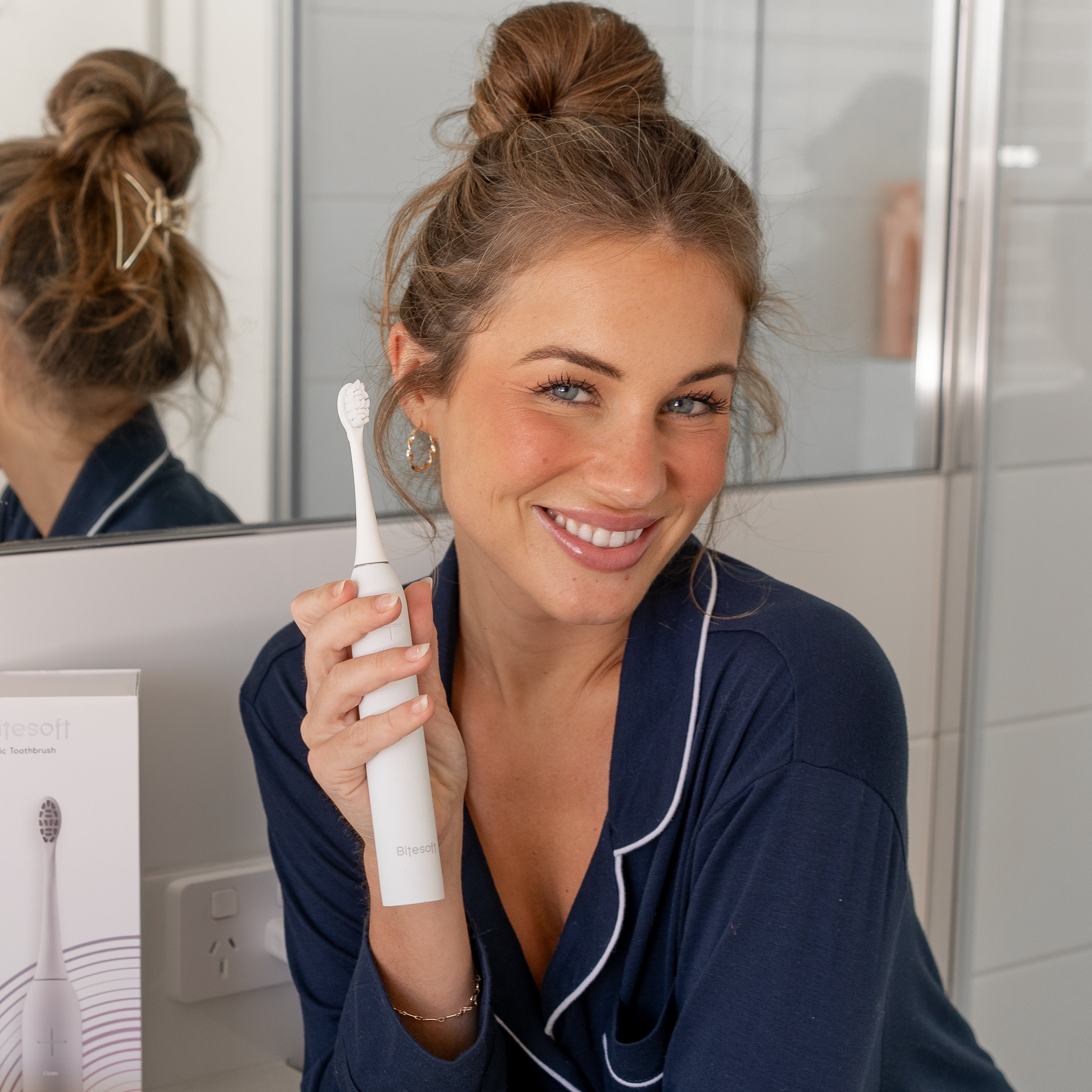
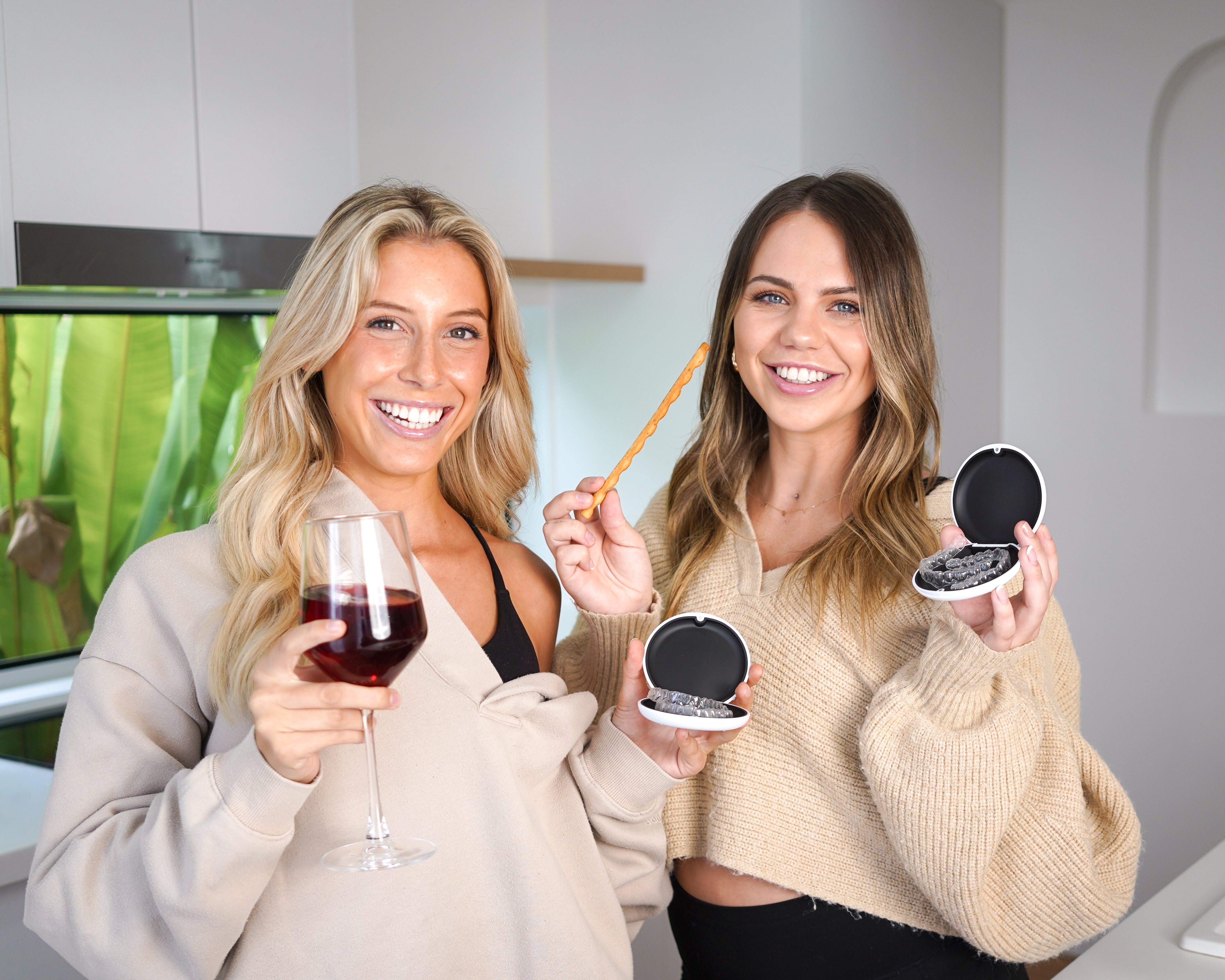
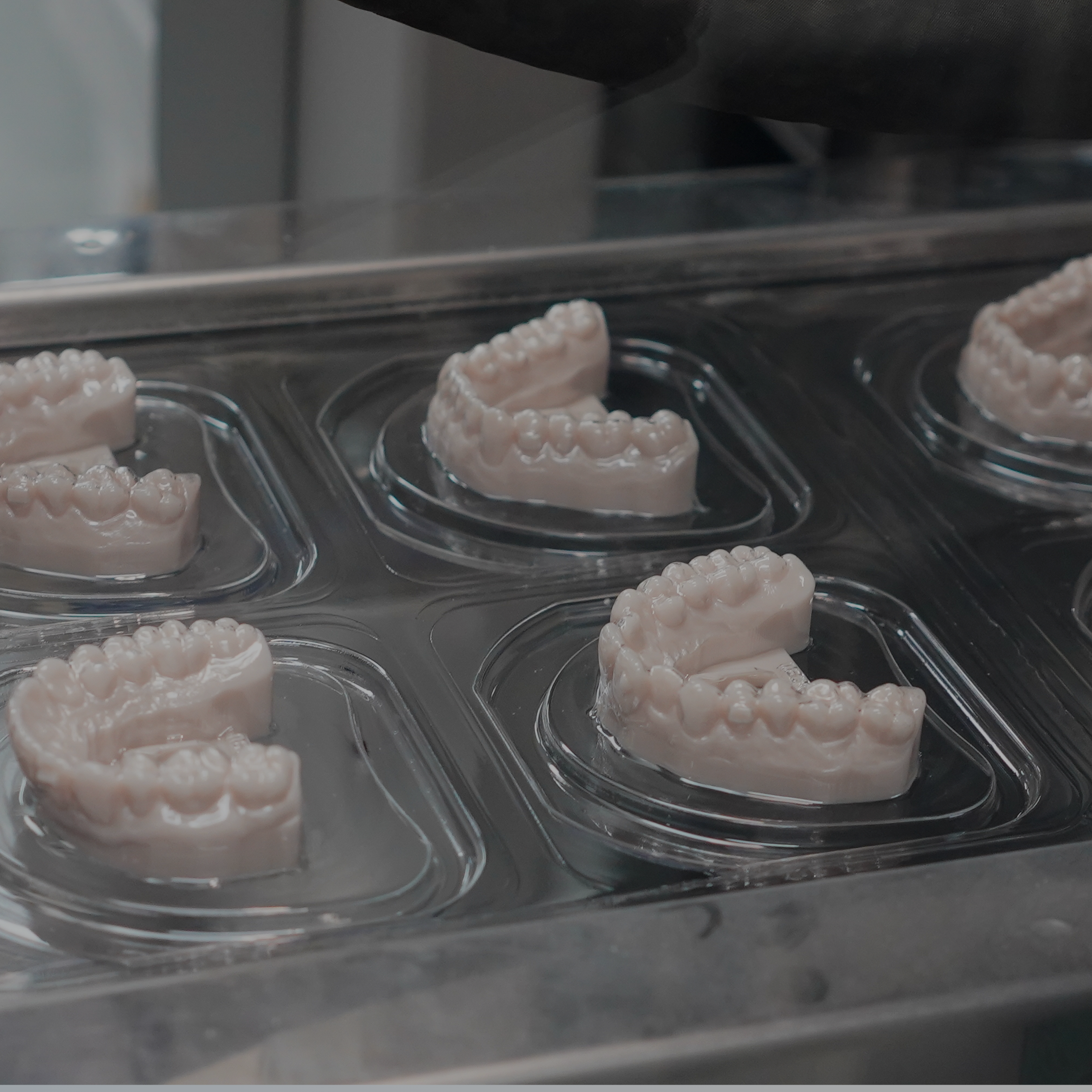
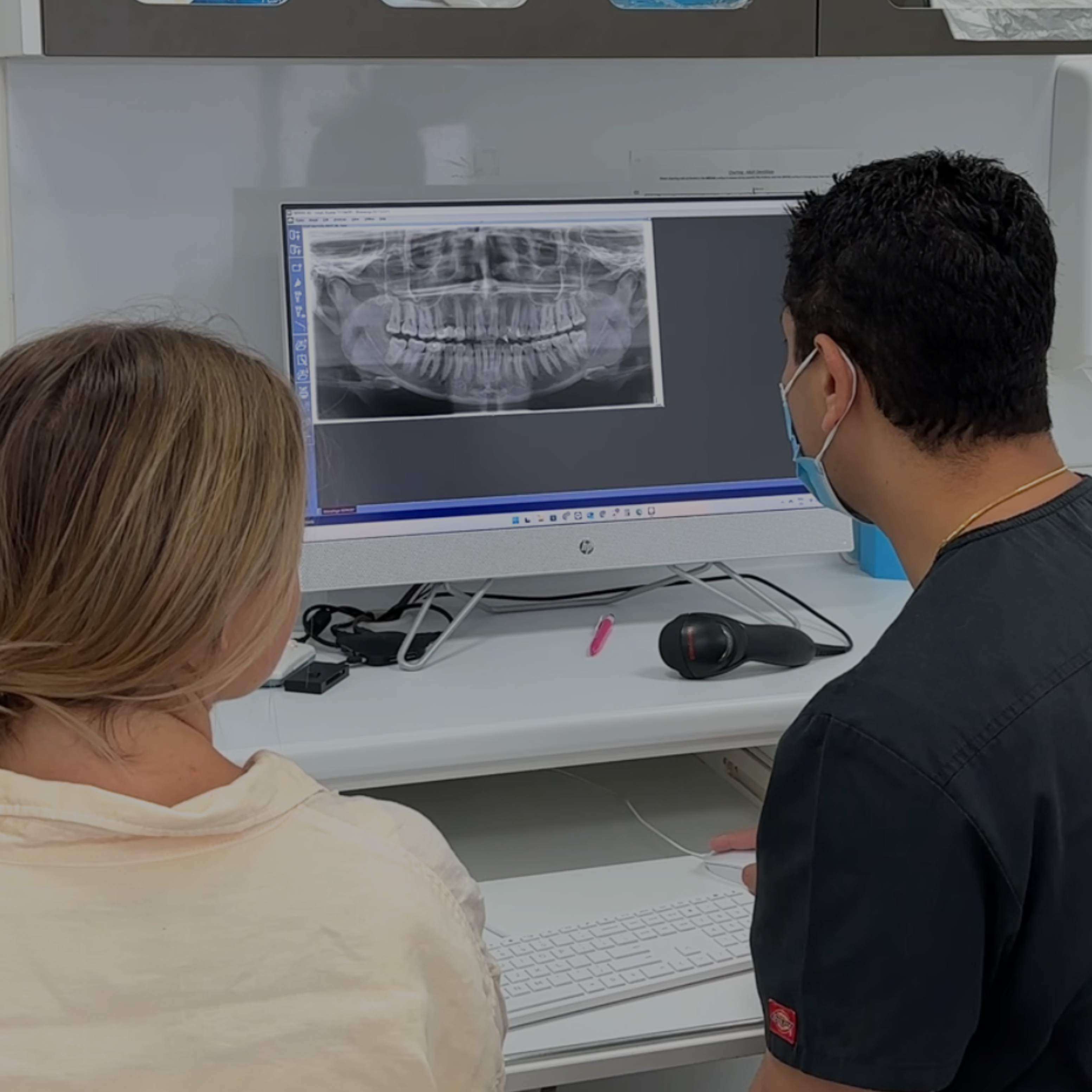

Share:
Case Selection: What We Treat vs. Refer Out
Clinical Protocols: IPR & Attachments